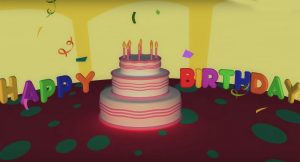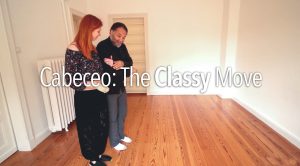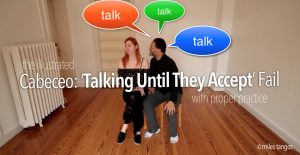Tango is a spectrum of ideas.
Some of those ideas are desirable, some of them are not.
Note the words, ‘desirable’ and ‘not desirable’.
Not ‘Right’ & ‘Wrong’.
Why ? Because there are no ‘Standards & Practices’ in Tango, therefore ‘Right’/’Wrong’ are subjective, which are for the most part, based on your teacher’s point of view of how things should be done. And as a result you, the unwitting student, take one those ideas as your own because you believe that because X is teaching that they must be the soul of all wisdom. Very infrequently do tango teachers teach a fair and balanced, or well rounded point of view. They usually teach what their subscribe to in their Tango world view, what they agree with, and what their teacher showed them. Very infrequently will they teach something that is outside that world view.
Take for instance the idea of the embrace. And it is an ‘idea’. Usually that idea is taught as only two basic constructs: Close Embrace, or Open Embrace. These are, by the way, North American constructs which have infected the teaching of Argentine Tango. The Argentine idea is El Abrazo, but that’s a story for another time. These are your two ideas. However there are others, a ‘V’ embrace, a ‘Berlin’ embrace, an ‘Open V’, a ‘Closed V’, an ‘Over-Shoulder’ embrace, or even a ‘Fluid’ embrace. Yet these ideas are hardly ever shown because they conflict with someone’s world view of what is possible within the dance. The sign of a really good teacher is one that shows you X, Y, and Z, where ‘Z’ is an idea that they may radically disagree with but they’ll show you the full spectrum of ideas!
The fact is that all the ideas are valid as they’re continuation towards a better construct. Tango is the unending onion. There is no ‘there’ there. There is no place to reach for and you’re done, and now you understand tango. No. There is only knowledge of what came before, where you are today, and where you will be tomorrow. There is only less than desirable yesterday, somewhat less than desirable today, and and a lot less than desirable tomorrow. Your ideas change with time, patience, practice, usage, perspective, and the filter of who you were trained by and their ideas of desirable and less than desirable. This can inhibit you, and it can release you. Sadly, most of the time it is inhibiting and limiting because we want to be right, we want there to be a right and wrong, we want there to be an end point.
However, the truly honest student/teacher/dancer notes that there is no end to this stuff, only the continuation of an idea that morphs into the next, and so on, and so on, and so on…. The only constant is change. You must be patient and roll with the changes. Calmness is your greatest weapon on this journey. That and recognizing that you’re still going to suck for a very long time. However, each day that you practice, that you immerse yourself in the process, you will suck a little bit less, grow a little more, become more facile with the work. Breathe, screw up, start again, improve, suck less, fall apart, start again, breathe….











